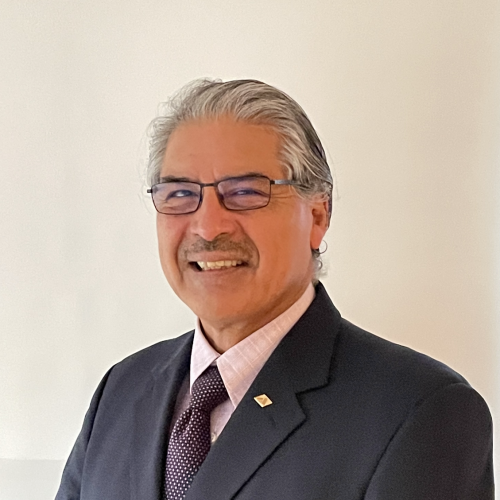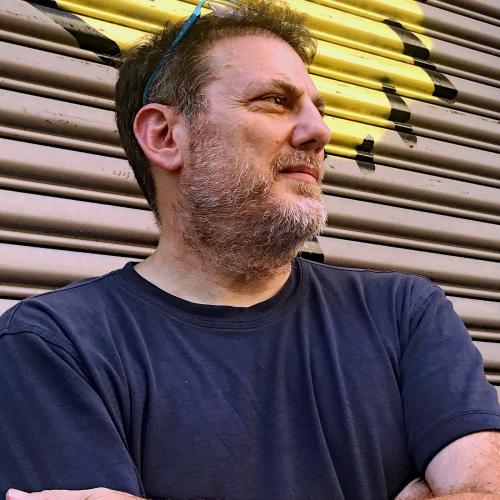
Sheri Gilmartin
Vice President Sales, Enterprise Solutions
Vetsource

Tim Kurt
Senior Vice President of Environmental Research
Dairy Management

Juan Gomez
Global Director
Alltech

Apryle Horbal
President
Vet Now

Samuel Thevasagayum
Deputy Director of Global Development
Bill & Melinda Gates Foundation

Jordan McLean
Vice President
Avego

Mony Iyer
President
Banfield Pet Hospital

Neal Fishman
CTO of Data-Based Pathology
IBM

Jules Benson
Chief Veterinary Officer
Nationwide Pet Insurance
